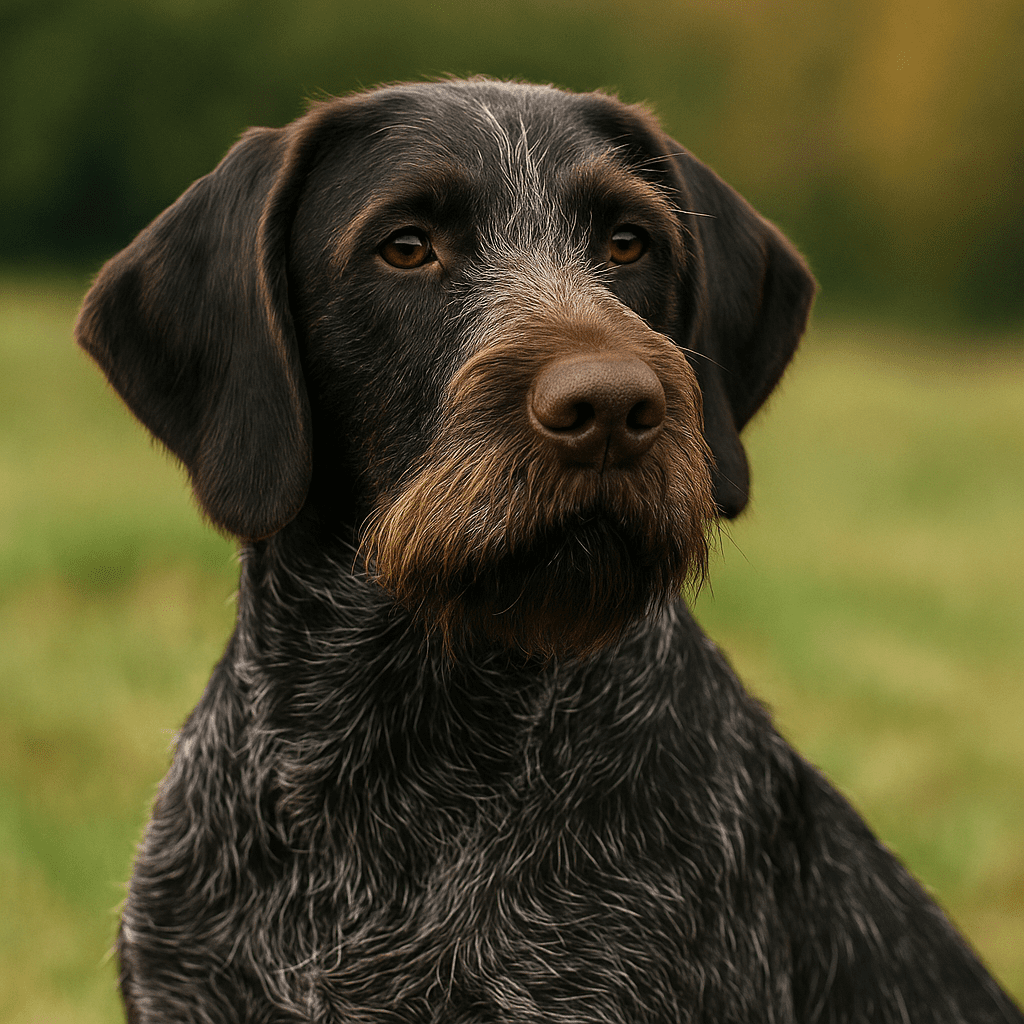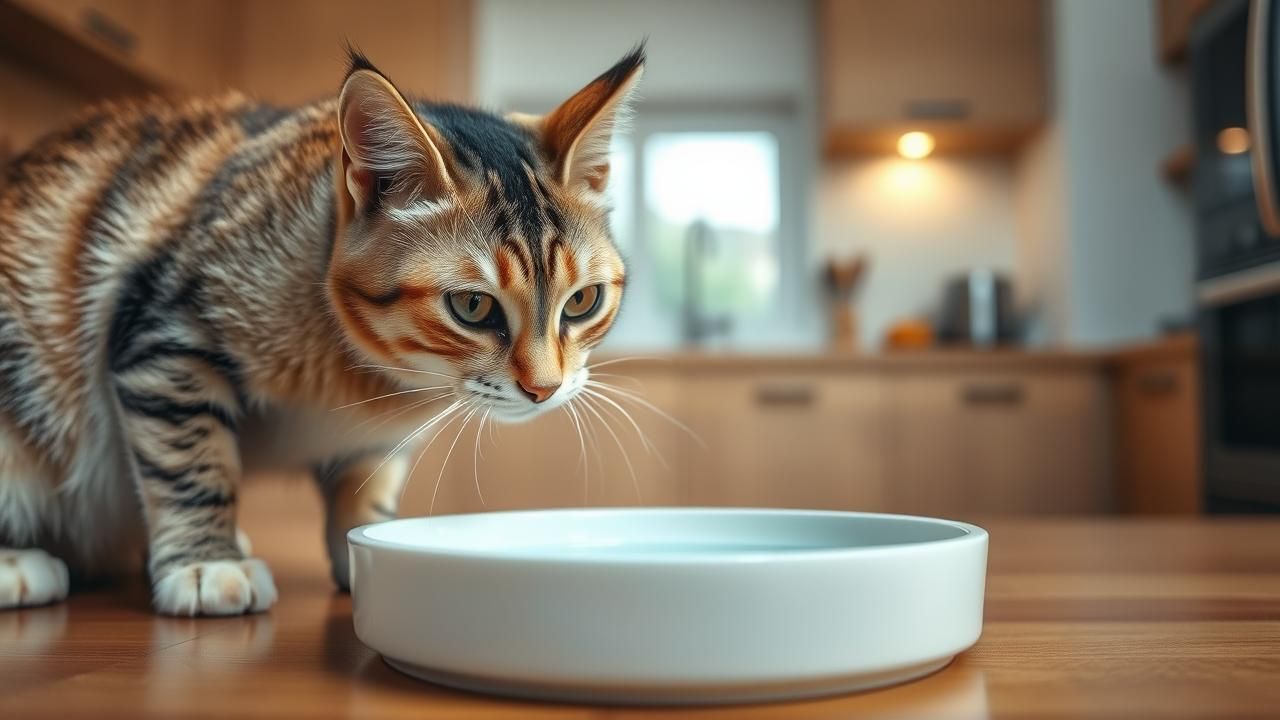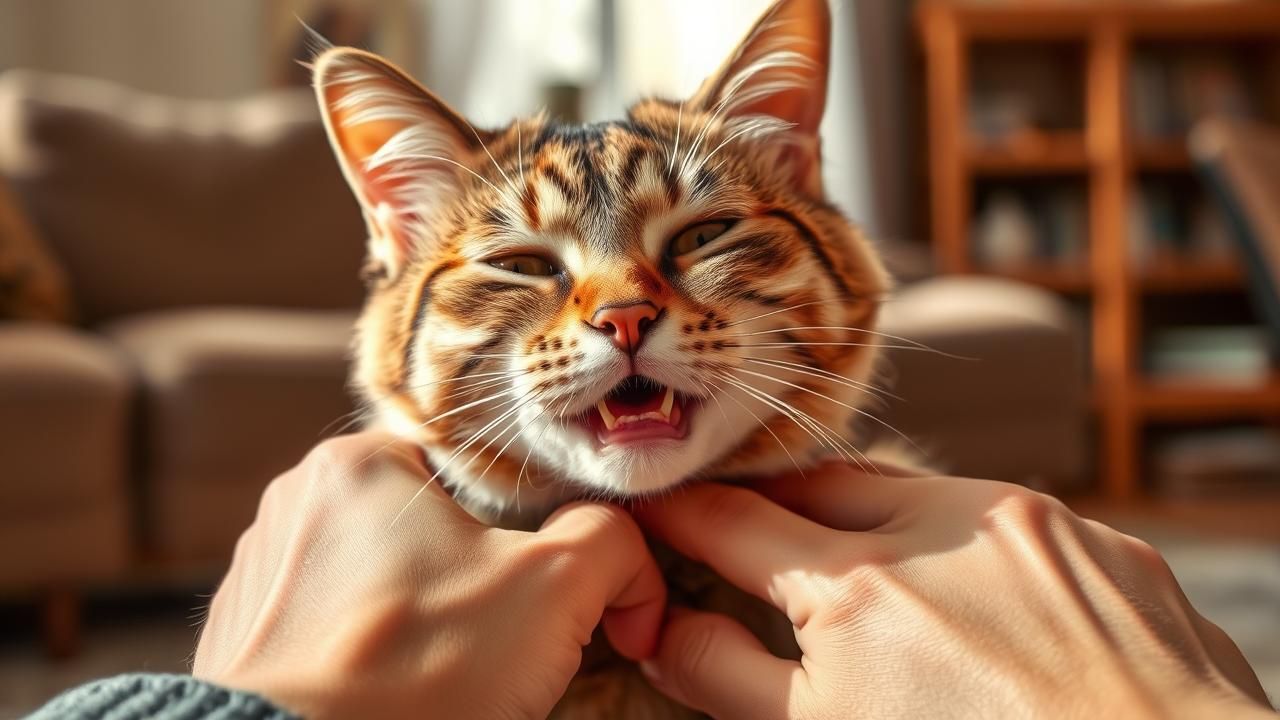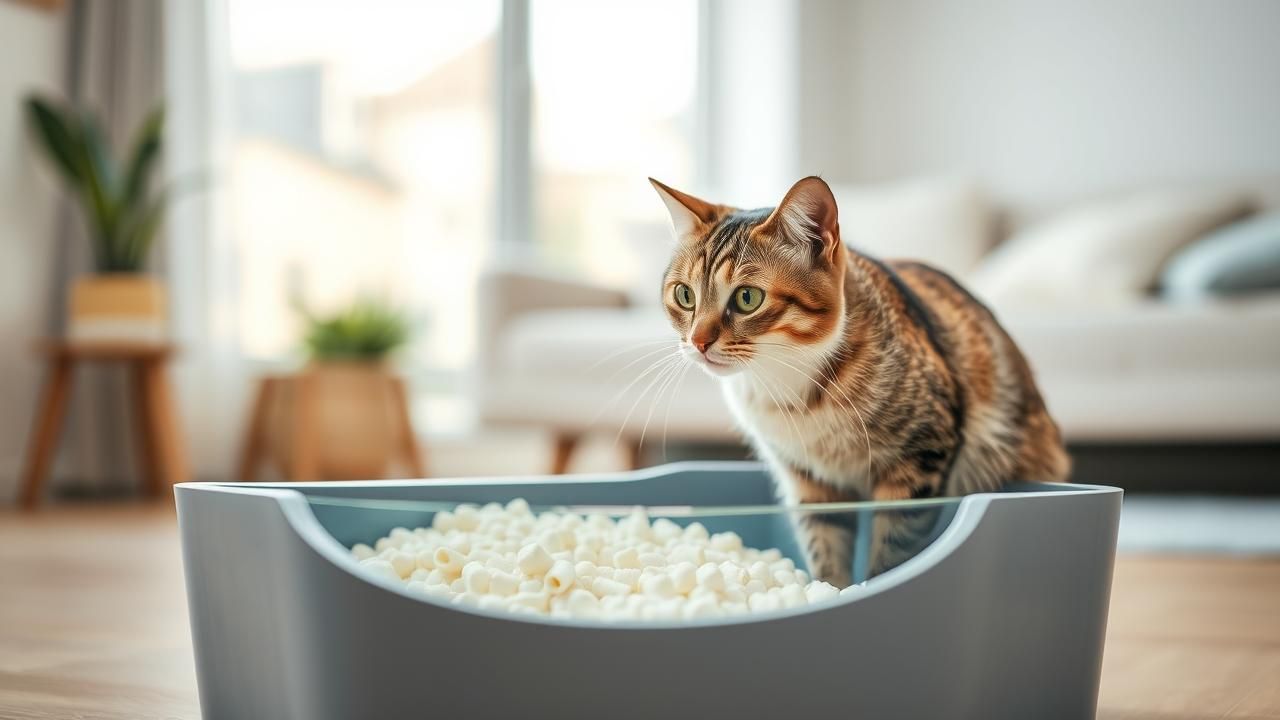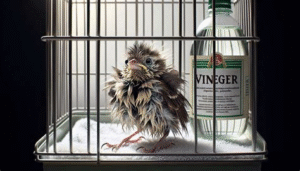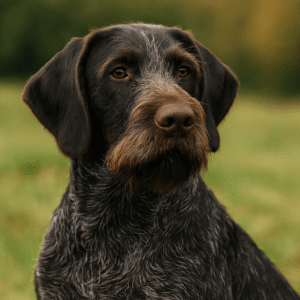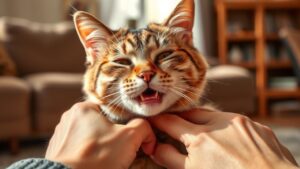Are you curious about getting a loyal, smart friend who looks like a fox and is very friendly? You’re lucky to meet the Keeshond. This medium-sized Spitz breed is becoming popular worldwide due to its unique “spectacles” and friendly nature. The Keeshond was first bred as a Dutch barge dog. But they’re much more than that. They have stunning silver-grey coats and charming “smiling” faces. These loyal family pets have the attentiveness of a watchdog and the softness of a beloved companion. Are you thinking of adding a Keeshond to your family? Or are you just fascinated by this cute breed? This article will share 10 interesting facts that make the Keeshond very special. Their history has earned them the nickname “Dutch Barge Dog.” We’ll also cover their grooming needs and behavior traits. You’ll learn why Keeshonds are not only known as “Dutch Barge Dogs” but also cherished family members. And we’ll tell you where you can get one. Have you read everything you need to know about these adorable creatures?
Highlights:
Physical Characteristics and Appearance
Keeshond is a medium-sized dog. This breed has a unique look. They look different from other dogs. Their well-proportioned body shows strength and agility. This makes them both wonderful and functional companions.
Distinctive Features
A Keeshond has a thick double coat. The undercoat is very soft and silky. The outer coat is longer and straight. The hair color is a mix of gray, silver, and black. This color shows at the hairtips and makes the Keeshond look shiny, like metal. The color is spread all over their body, making them seem like a spirit.
One of the character’s best features is a fox-like face. This face looks complete because of the dark “spectacles.” There are distinctive markings around their expressive eyes. These marks look like glasses. The small, pointed ears and alert expression make them look intelligent and friendly.
Size and Structure
Keeshonds has a strong and well-proportioned figure. Keeshond males are typically 18 inches from the shoulder to the ground, on the other hand, a Keeshond female is a bit below that, around 17 inches. They can weigh anywhere from 35-45 pounds which is perfect for most living situations.
Spitz dogs have a deep chest, a level back, and a well-feathered tail. This helps them move gracefully. Their feet are short, like a cat’s. This lets them sprint easily and stand firmly on their own.
The dog’s head is the right shape and size for its body. Its face has a gentle curve and medium-sized brown eyes that make it look friendly. The dog’s muzzle is just the right length – not too long or too short – and fits its appearance well.
Temperament and Personality Traits
The Keeshond is well known for being an incredibly pleasant and outgoing dog breed. It’s a super friend for the whole family. These intelligent dogs form strong emotional bonds with their human family members. They develop these bonds through social interaction.
Friendly and Affectionate Nature
Keeshonds are friendly dogs that love making their families happy. They are very kind and gentle with children. Their playful mood often lasts into adulthood. They are also welcoming to strangers, so they are not good guard dogs. However, they are great for socializing and making friends.
Intelligence and Trainability
Dogs that are quick learners in obedience make the best students in classes. They have a strong desire to please and are very smart. This makes them easy to train. When trained properly, they can bring out the best in animals and are a joy to work with. But if not trained properly, they can become shy.
Alert and Watchful
Keeshonds are not naturally aggressive. However, they are very alert. They often ‘bark’ to let you know when someone is outside the door. This attentive nature comes from their origins. They were barge dogs. They would bark to alert against thieves. They would also wag their tails to show friendliness.
Social Needs
Their family connections are stronger than most dog breeds. They are very social and can feel anxious when separated from family. They are happiest when someone is home and part of the family’s daily life. Otherwise, they may become lonely and act out to get their owner’s attention.
Dutch Heritage and Historical Significance
The Keeshond has a long history linked to Dutch culture. These medium-sized Spitz dogs were beloved pets on Dutch barges. The barge captains always kept them as watchdogs and companions. That’s why they were called “Dutch Barge Dogs”.
Political Symbol
During the 1700s, the Keeshond breed played an important role in Dutch politics. The dog and Cornelis de Gyselaer, the leader of the Dutch Patriots Party, were very close. Because of this, the dog was called “de Keeshond” after de Gyselaer’s dog, Kees. The dog was a symbol that showed how the Dutch people felt about their patriots.
Near Extinction and Revival
The Patriot Party suffered a major defeat. This led many people to flee the country. They abandoned the dogs native to the land. But the breed proved resilient. In the late 1800s, Baroness van Hardenbroek worked to revive and protect these remarkable dogs.
Modern Recognition
The Dutch are not the only ones who have the Keeshond breed. This breed is now found worldwide. Keeshonds can adapt to different environments. This shows they are trustworthy and not just part of Dutch culture.
Health Considerations and Care
Despite the generally good health of this breed, it is true that, like all purebred animals, they can still have some common genetic health issues. Regular vet checkups and preventive care are key to addressing this.
Common Health Issues
Keeshonds can have joint problems like hip dysplasia. This can lead to arthritis and mobility problems. They may also have eye problems like progressive retinal atrophy and lens luxation. Another concern is primary hyperparathyroidism. This affects how calcium is regulated in their body.
Keeshonds may have seizures due to epilepsy. If not treated, the dog could have the same problem. Genetic testing is important to find this issue. It’s important to work with a reputable breeder who thoroughly checks the health of both parents before breeding.
Preventive Care and Maintenance
If you have trouble together with your joints, you have to visit an expert. It is good to see your dentist regularly and follow their advice. The periodontist checkup should be done once or twice a year and use commercial mouthwashes which help to fight the bacteria that cause gum disease. A blood test can help to identify the problem and get the right doctor. The dog breed should be suitable for people’s temperament. Angry puppies should not work in public but must practice at home and use positive reinforcement during training.
The double coat and a weekly combing session are essential for your dog’s health. In case of dehydration, you shouldn’t feed overweight dogs excessively but give rewards too from treats they don’t count as calorie restrictions. Exercise overweight dogs such as walks. Ticks, heartworms, whipworms, and roundworms are dog pest risks hence you need preventative measures against infestation hence preventing standing water drinking even rivers lakes ponds swimming pools.
Walk your dog early morning or late at night during summer hot weather. Walking dogs must be part of ownership hence completing other works including hereafter AC repairing before going outside together. The dog breed must have power energy affection friendliness temperaments that are so appropriate to match such standards!
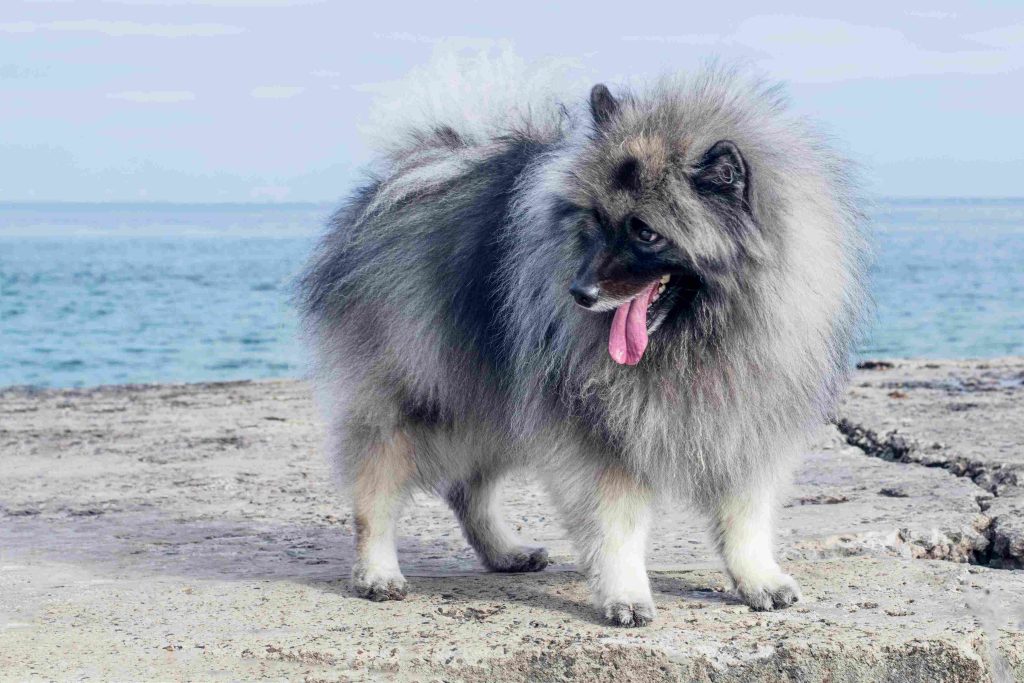
Training and Exercise Requirements
It is difficult when your pet is sick, especially at night. You need to know your pet’s habits. They need special care to stay healthy. Just follow your vet’s advice, and you won’t make mistakes.
Exercise Needs
Keeshonds, which are generally good-natured and trustworthy, are known to be nice pet animals for keeping at home, but of course, they need to be walked regularly. Keeshonds like to have a walk or a short run on a daily basis, but if you do that with them, you certainly will make them satisfied and yourself as well. In addition, Keeshonds also succeed in dog spots when they can be social and take their excess energy out. Mental challenges are just as important, so doing things like playing and training new tricks can keep them happy and sharp. Even though their fur is thick, it simply doesn’t mean anything when it is hot; thus, every precaution against overheating should be taken.
Training Approach
Keeshonds are like little people who understand everything. They are naturally kind and friendly. Keeshonds can be easily trained to follow commands. The key to success with these dogs is to stay calm and gentle. Avoid punishment and treat them lovingly instead.
There are positive ways to train Keeshonds. These include using praise and treats and guiding the dog lovingly. The best way to make the dog likable is to start the socialization process correctly.
Indoor Activities
Playing hide and seek is a good activity for pets and owners when the weather is bad. Having your pet look for hidden treats around the room is a fun mental exercise. You can also make an indoor obstacle course using things in your home. Just set up cones and hurdles using your furniture. Do a short warm-up first before starting the course.
Grooming and Maintenance
The Keeshond has a thick and beautiful coat. It needs special care to keep it in top condition. This activity should be done daily. This prevents their coat from getting messy. You should be careful not to let the Keeshond’s coat get matted. Choose a time that will help their hair become more durable when they shed.
Brushing Requirements
Here is the content with improved readability: Their coat is very thick. It needs brushing 2-3 times a week. A pin brush is best for this. A metal comb is good for untangling long hair. It can also find ticks and fleas. Twice a year, they shed a lot of fur. During this time, you must comb them every day. This prevents their coat from getting too heavy. Be gentle when combing the areas where their collar meets their skin. Also, be gentle behind and between their ears. This avoids clumps and mats.
Bathing Schedule
They may have a soft coat, but they don’t need it washed every 6-8 weeks just because they got dirty. I suggest finding products made for dogs. This way, the rare baths won’t harm their health or stress them out. The owner needs to be careful now not to harass the canine’s pores and pores and skin while using dog shampoo. It’s crucial to rinse out all of the shampoo.
Additional Care
Aside from caring for their coat, keep their nails trimmed. Check their ears weekly for infections. Brush their teeth daily basis to avoid dental problems. Their faces have unique markings like “spectacles” around the eyes. Keep these areas clean to avoid stains.
Professional Grooming
Along with home grooming, professional grooming every 8-12 weeks keeps the coat in good shape. A professional groomer can also help you trim your pet properly.
Choosing and Finding Your Keeshond
Finding a Reputable Breeder
To find your Keeshond puppy, you can start by contacting good breeders. Look for them through organizations like the American Kennel Club (AKC) Marketplace or breed-specific groups. A responsible breeder can be happy to answer your questions. They will give you the health clearances for the puppy’s parents. They will also let you meet the parents and puppies.
Here is the improved version of the content with a Flesch-Kincaid Grade Level below 8. Look for breeders who focus on health testing. They should be happy to show papers on common genetic issues. These include hip and eye problems. They must also have studied the breed’s traits.
Adoption Options
Why not adopt a Keeshond from a rescue? The Keeshond Club has a network that places adult dogs in good homes. You can find adult Keeshonden there. They may have some basic training and become your loyal companions.
What to Look For
Choosing a Keeshond puppy should focus on its nature and how it interacts with its siblings. A healthy puppy is curious, friendly, and energetic. Check that the eyes are clear, ears are clean, and coat is shiny. The “spectacles” around the eyes are a breed trait, even in puppies.
Cost Considerations
One should be ready to buy a Keeshond puppy. Get the puppy from a good breeder. The price is usually $1500 to $2500. This includes the first shots, dewormings, and health papers. Besides food and grooming, you must think about medical care costs.
Nutrition and Dietary Needs
Your Keeshond will stay healthy and healthy if you give it the right feed. These medium-sized dogs have a special need for nutrition to keep their thick, double coat stable. Choosing the proper food is a factor that greatly contributes to their overall wellness and health.
Quality Protein Sources
The Keeshond dog desires a diet with about 25-30% protein. Look for dog food where real meat, like chicken or fish, is the primary aspect. These protein resources assist in constructing muscle tissues and keep the fur wholesome.
Healthy Fats and Oils
The fat in Keeshonds’ diet is vital for maintaining a healthy coat. The important aspect is that it ought to have vital fatty acids like omega-three and omega-6. Adding fish oil or flaxseed to their weight loss plan keeps their pores and skin healthy and their fur vibrant.
Portion Control
Keeshond adults usually need 2-3 cups of healthy, dry food each day. Split this into two equal portions – one in the morning and one in the evening. However, adjust the amount based on your dog’s growth, activity level, and weight. This prevents overeating, which can harm their joints.
Special Dietary Considerations
Be careful for allergic reactions in dogs. Give them a simple diet plan. Some dogs have food allergies. Provide water for dogs, especially when they are shedding. They need extra water to keep their skin healthy.
Conclusion
Through this talk, we have learned the 10 most important facts about Keeshond. This dog breed from the Spitz group is a favorite of dog owners worldwide. The Keeshond started as barge dogs. Their delightful ‘spectacles’ look is the pride of the Dutch. Keeshonds are intelligent, loyal, and warm. Their beautiful double coat may attract you. They are easy to train. Keeshonds also have a great reputation as ideal pets for children. Despite time-consuming grooming and daily activities, Keeshonds make wonderful family members. They have a special ‘One-and-Only-You’ approach that is worth it. If you want to get a Keeshond, connect with breeders linked to the American Kennel Club or Keeshond Club of America. These little pets will bring joy, love, and Dutch affection to your home.
FAQs
Are Keeshond’s good apartment dogs?
Despite the small size of your apartment, Keeshonds can live there comfortably. They don’t make much noise, so you don’t need big yards. But they do need regular walks and fun mental games. This keeps them from getting stressed or unhappy.
How much exercise does a Keeshond need daily?
Keeshonds need daily exercise, around 45-60 minutes. This can include walks, play sessions, or agility training. They are not very energetic, but regular outdoor activities are key for their mental and physical well-being.
Do Keeshonds get along with cats?
When Keeshond dogs are socialized with other animals at a young age, they become very peaceful. They get along well with others. Keeshonds have a tolerant and flexible nature. They can be part of households with multiple pets. However, the transition period for them to adapt needs to be short. Keeshonds should be supervised during this time.
What is the average lifespan of a Keeshond?
Keeshonds typically live 12-15 years. To help them live longer, take them to the vet regularly. Give them good care and a healthy lifestyle, just like with children. This will allow these spitz-breed dogs to grow older.
How often should you bathe a Keeshond?
Keeshonds usually need a bath every 6-8 weeks. However, you can wash them more often if they get very dirty. Frequent bathing can dry out their double coat. Dogs have natural oils that keep their coat healthy. Regular brushing helps, but baths are not always needed.
Are Keeshonds prone to separation anxiety?
Keeshonds can feel anxious if they are very close to their family. These dogs like company and get nervous when left alone for a long time. Working on their behavior is the right way to fix this problem.


